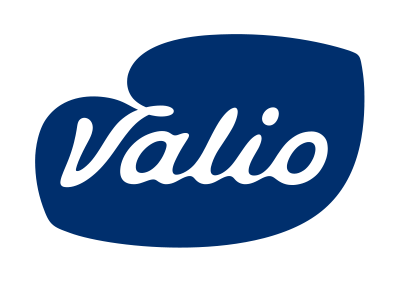Dairy farmers help to slow climate change: carbon farmers store carbon dioxide in soil

Carbon farming is a hot topic, and many wonder what it’s about. Traditional farming generates carbon dioxide emissions that heat up the atmosphere, but carbon farming aims to reverse that: using the right farming methods and plant choices make it possible to bind carbon in soil. There are many ways to do that, and some of them are very traditional.
When milk producer Anu Ellä observes the meadow growth at the fields of their Sukoinen farm, the most important tool is her shovel. She sinks its blade into the ground, lifts up a lump of dirt and checks its condition. Deep roots and soil condition are key in the soil’s ability to bind carbon.
Carbon farming is not new for the Sukoinen farm in Mynämäki, Southern Finland. Previous generations of farmers have put their soil on a pedestal for years. Now, in addition to being a milk farmer, Anu Ellä trains Valio’s dairy farmers and runs ProAgria’s small groups on grass; these groups are studying carbon farming through practical examples and an exchange of experiences. Roughly 250 Valio dairy farmers (updated in April 2020) have already participated in carbon farmer training, one of Valio’s actions aiming to cut milk production’s carbon dioxide emissions.
“Carbon farming hasn’t become a popular topic until recently, and even though as a word it’s new, the methods are tried and true,” says Anu. “Soil condition is what’s key. It’s all about the soil, as the old farming adage goes. It’s important to have thick grass growth so that weeds don’t have the space to grow. In addition to thickness, deep-rooted grass varieties are very important. We use dried manure as fertiliser and let our fields rest with crop rotations. Fields that are in good condition produce more, creating a better harvest, and they adapt better to varying weather conditions, like droughts or long, rainy seasons,” Anu describes.
In growing grass, she calls for a methodical approach and patience. Work properly from the get-go, and it’s easier to expand on later. It’s important to have a good foundation for a grass field, as it’s always more difficult to fix the issue later than to lay the groundwork correctly right away. You also need to give the grass time to grow – these changes do not happen quickly.


see how dairy farmers help to slow climate change
Dairy farmers help to slow climate change by storing carbon dioxide in soil. There are many ways to do that, and some of them are very traditional.

